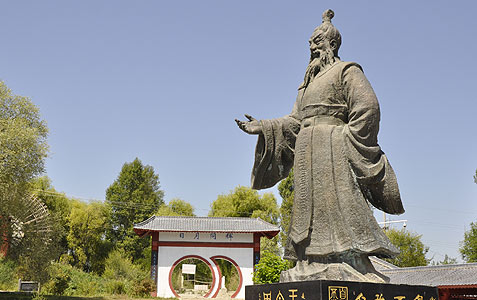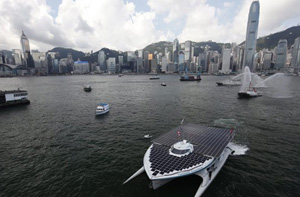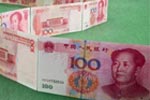Consumer sectors a draw for Japan
Updated: 2011-08-17 09:30
By Ding Qingfen and Zhou Siyu (China Daily)
|
|||||||||||
|
 |
|
A visitor walks past a display of Japanese automaker Nissan Motor Co's vehicles. China's consumption-related sectors will see strong growth in investment from Japan. [Photo / China Daily] |
China was the second-largest outbound investment destination for Japanese companies in 2010, after the United States. China is also playing a more important role in helping Japan resume its economic growth in the wake of the massive March earthquake.
"China is an attractive destination for Japanese investors, but there will probably be some change in the composition of investment," said Hirobumi Iida, counselor at Japan's embassy in China.
China's manufacturing sector, especially the machinery and transportation industries, have long absorbed the majority of Japanese investment. In 2010, manufacturing accounted for 65.7 percent of Japan's total investment in China.
But with rising disposable incomes and greater government emphasis on domestic consumption in China, Japanese companies that are closely involved with personal consumption - vehicles, electronic equipment and retailing - will be motivated to make or increase investment in China, Iida said.
"The service sector, including finance and securities, will also see growth momentum."
According to Japanese statistics, in 2005, Japanese investment in China peaked at $9 billion but was largely flat thereafter. By 2010, the total had declined to $7.7 billion.
During the January-April period of 2011, Japan's investment in China reached 60 percent of the level for all of 2010.
Betting on China
The March earthquake and tsunami halted the operation of many factories in Japan, leading to a sharp drop in the nation's exports.
"China and its market are very important for Japan. China's robust economic growth, if it could be maintained, could provide a strong stimulus to the Japanese economic recovery," said Iida.
In 2009, China surpassed the United States as the largest export destination for Japan. In 2010, Japan's exports to China rose 36 percent to a record high of $149.1 billion, according to Japanese data.
The surge was driven by "China's growing demand for engineering equipment thanks to its expansion in infrastructure, large-scale industrial production and the ballooning consumption market, especially for autos", Iida explained.
But after the March quake and tsunami, many manufacturing bases in the quake-hit areas shut down.
Japan's exports to China fell by 6.8 percent year-on-year in April, the first contraction in 18 months. In May, exports fell another 8.1 percent.
As Japanese companies restart work, exports to China will recover soon, Iida said.
According to a report released by Japan's Ministry of Economy, Trade and Industry on April 26, more than 60 percent of manufacturing bases have resumed production. The figure was expected to rise to 90 percent by the summer, the report said.
"The recovery of production was faster than expected. Hopefully, this could facilitate the recovery of China-Japan trade," Iida said.
Electronics and vehicles, Iida pointed out, were the two industries that were hardest-hit by the disaster. Shortages of parts and components disrupted the production and exports of flat-screen TVs, smartphones, lithium-ion batteries and cars.













